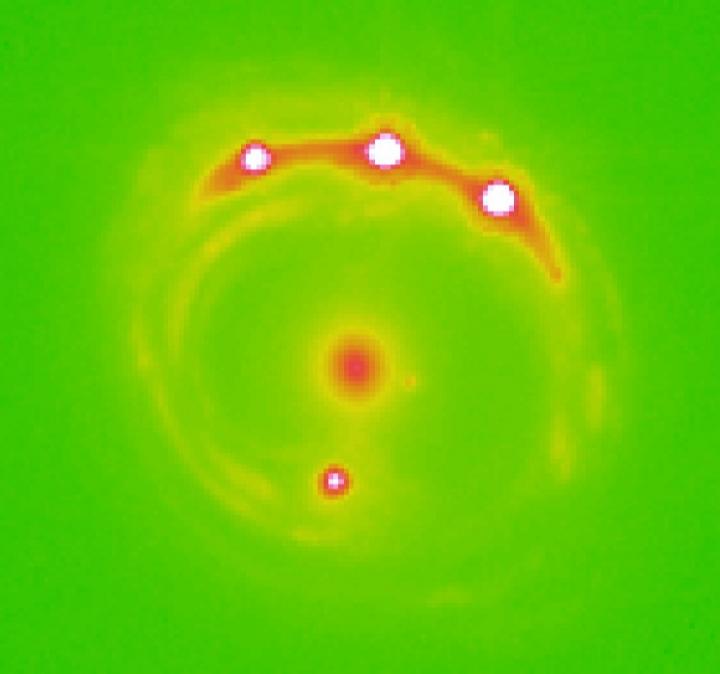A team of astrophysicists has discovered the first planet population outside the Milky Way.

The first exoplanet was only discovered in 1992, a mere 26 years ago. Now, astronomers have identified 3,728 confirmed planets in 2,794 systems, some of which might have suitable conditions to support life. It’s been an incredibly fruitful search, but so far, all of them have been within our galaxy — so far.
The main reason why scientists haven’t found any planets outside our galaxy is quite simple: sheer distance. Andromeda, the closest galaxy, still lies about 2.5 million light-years away, and at that scale, planets are incredibly small. However, there is one technique which can still reveal planets that far away: microlensing.
Microlensing takes advantage of the gravitational lens effect, quantified by Einstein in 1936. Simply put, this effect happens when a massive “object” (i.e. a galaxy or quasar) distorts light due to their mass. Essentially, these objects function as a giant lens.
Using microlensing, Xinyu Dai, professor of Physics and Astronomy at the University of Oklahoma, and postdoctoral researcher Eduardo Guerras discovered several planets in extragalactic galaxies, ranging from the size of the Moon to the size of Jupiter.
It’s remarkable that they were able to study these planets in the first place but finding something as small as the Moon is even more impressive.
“We are very excited about this discovery. This is the first time anyone has discovered planets outside our galaxy,” said Dai. “These small planets are the best candidate for the signature we observed in this study using the microlensing technique. We analyzed the high frequency of the signature by modeling the data to determine the mass.”
They used data from NASA’s Chandra X-ray Observatory and processed it at the Oklahoma University Supercomputing Center for Education and Research. It pushed both the technique and the technology to the very limit, but in the end, the results were completely worth it.
To add a cherry on top of this astrophysical cake, they were even able to infer some of the planets’ characteristics, such as their mass.
“This is an example of how powerful the techniques of analysis of extragalactic microlensing can be. This galaxy is located 3.8 billion light years away, and there is not the slightest chance of observing these planets directly, not even with the best telescope one can imagine in a science fiction scenario,” said Guerras. “However, we are able to study them, unveil their presence and even have an idea of their masses. This is very cool science,” he concludes.
The paper, “Probing Planets in Extragalactic Galaxies Using Quasar Microlensing,” authored by Dai and Guerras, has been published in the Astrophysical Journal Letters.



